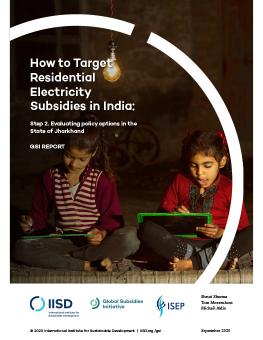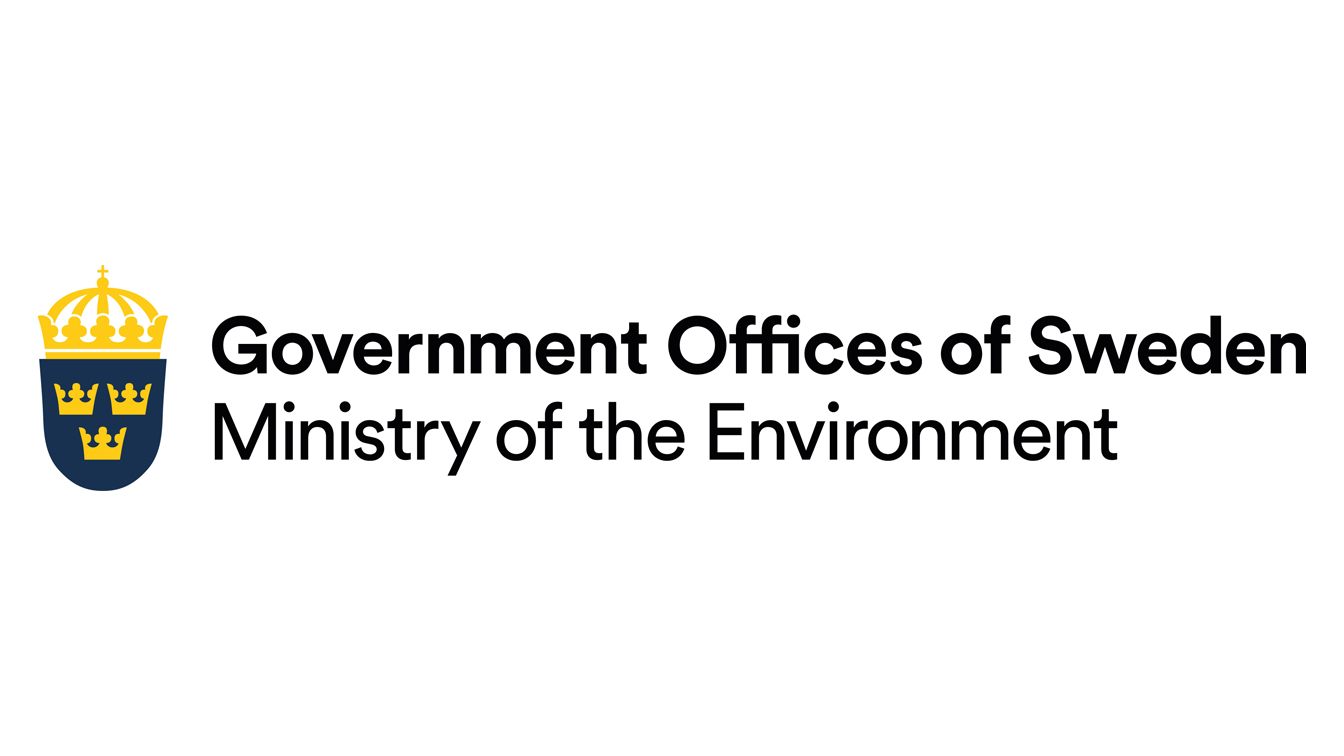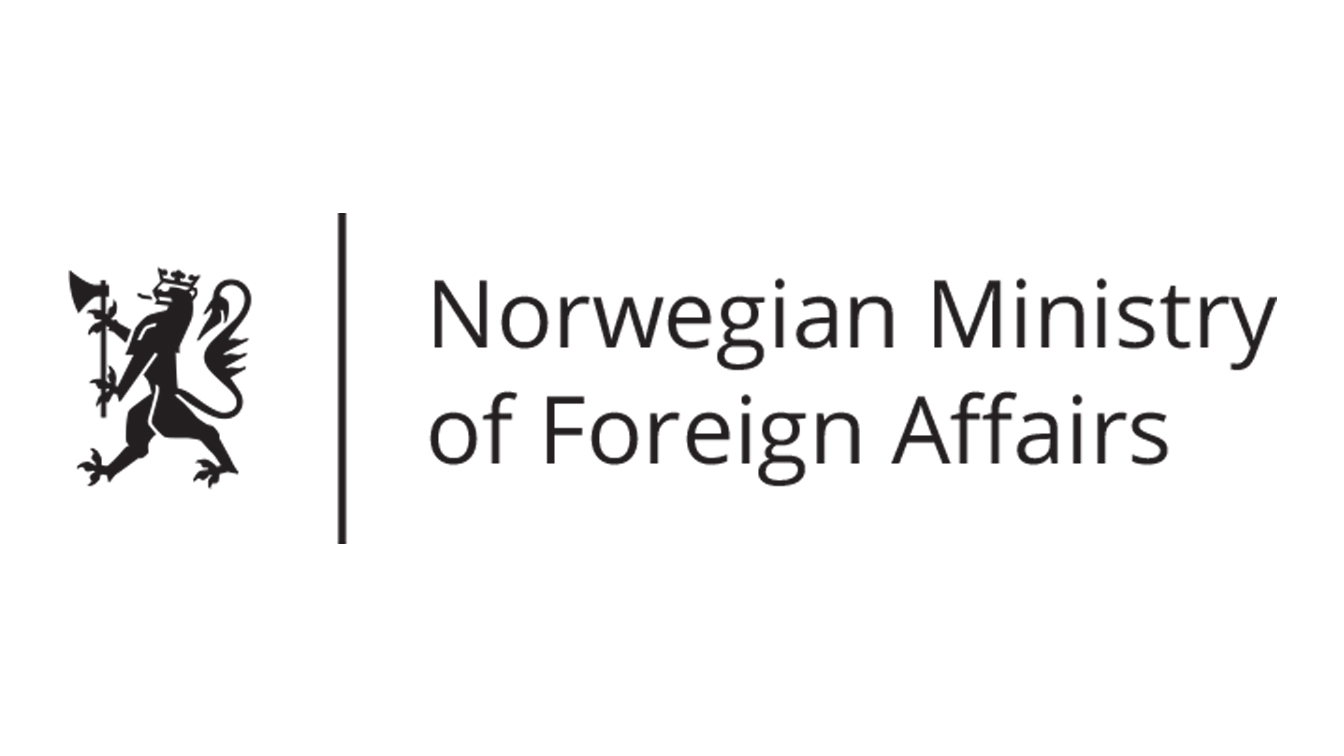
How to Target Residential Electricity Subsidies in India: Step 2. Evaluating policy options in the State of Jharkhand
Step 2. Evaluating policy options in the State of Jharkhand
The report examines practical options for subsidy targeting in India by using a survey of over 900 households to analyze the distribution of residential electricity subsidies in the state of Jharkhand. It also examines various strategies to improve subsidy distribution and to better target benefits to poor households.
-
Jharkand spent INR 984 crore (USD 140 million) on residential electricity subsidies in 2019, but around 60% of the benefits went to the richest 40% of households.
-
Adjusting tariffs in Jharkhand could make electricity subsidies more equitable and free up INR 306 crore (USD 44 million) that can be redirected to the poor or used to help cope with COVID-19.
-
In Jharkhand, the poorest 20% of households spent 12.8% of their income on electricity while the richest 20% spent only 3.7% of theirs. So why are better-off households getting a larger share of benefits from electricity subsidies?
Based on a survey of over 900 households in Jharkhand, this report finds that residential electricity subsidies are not well targeted and that wealthier households in Jharkhand receive more than twice the share of benefits received by poor households. In rural areas, the top two quintiles—the richest 40%—received 61% of subsidy benefits, and the bottom two quintiles received 25%. Among urban households, the top two quintiles received 60% of benefits and the bottom two received 25%.
The research evaluated three mechanisms that can improve subsidy targeting and deliver savings for the state government. In light of COVID-19’s impacts on the affordability of living, the research recommends taking a highly cautious approach in the short term to prevent any further hardships at the current time. In the medium term, however, it recommends rationalizing subsidies for better-off households to better target support to the poorest.
Even today, Jharkhand can confidently restrict subsidies for households consuming more than 300 kWh of electricity per month, as very few households are well-off enough to consume at this level. For the medium term, the research recommends an incrementally decreasing subsidy for consumption blocks between 50 kWh and 200 kWh. We estimate this would generate fiscal savings of least USD 44 million, which could be used to increase support for the poorest or contribute to tackling the current health and economic crisis.
Many other state governments in India have tariff and subsidy structures similar to Jharkhand. The statewide survey could represent a larger national trend, where residential electricity subsidies are skewed toward non-poor households. But the lack of good data on targeting electricity subsidies is a major knowledge gap across the country. The report recommends making energy access fairer for poor households by encouraging state governments, electricity regulators, and electricity distribution companies to analyze who benefits most from electricity subsidies and test different targeting strategies.
You might also be interested in
How to Target Electricity and LPG Subsidies in India: Step 1. Identifying Policy Options
This report identifies knowledge gaps that are limiting policy making for better targeting of energy access subsidies in India. It identifies a number of targeting interventions that could be employed to better target subsidies for electricity and LPG.
Mapping India's Energy Subsidies 2020: Fossil fuels, renewables and electric vehicles
How have India’s energy subsidy policies changed? What have been the most significant developments in India’s dynamic energy policy environment? And is public support aligned with India’s desired energy future?
Electricity Sector Reform in Uttar Pradesh: Analysis of tariff adjustments and the Ujwal Discom Assurance Yojana Plan (UDAY)
This study by IISD-Global Subsidies Initiative (GSI) examines the electricity sector of the state of Uttar Pradesh by analyzing tariff adjustments and the financial assistance scheme UDAY.
India Faces Clean Energy Challenges as Energy Demand Soars and Global Fossil Fuel Subsidies Rise
New research finds the global energy crisis and increasing energy demand have pushed India's energy subsidies to a 9-year high.

